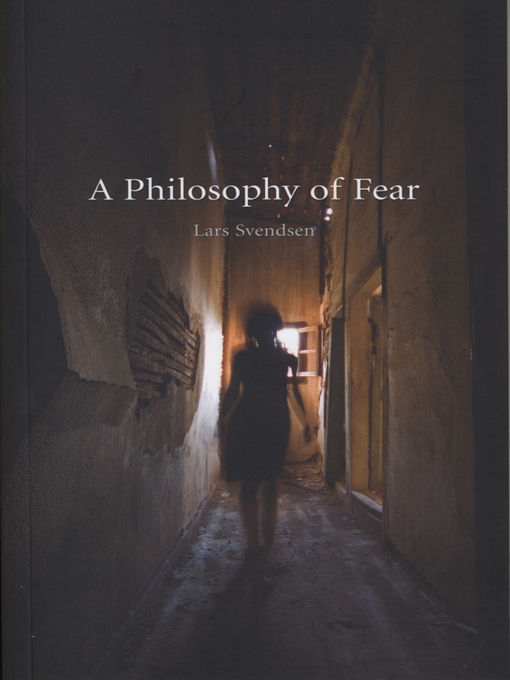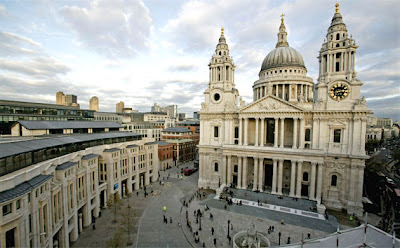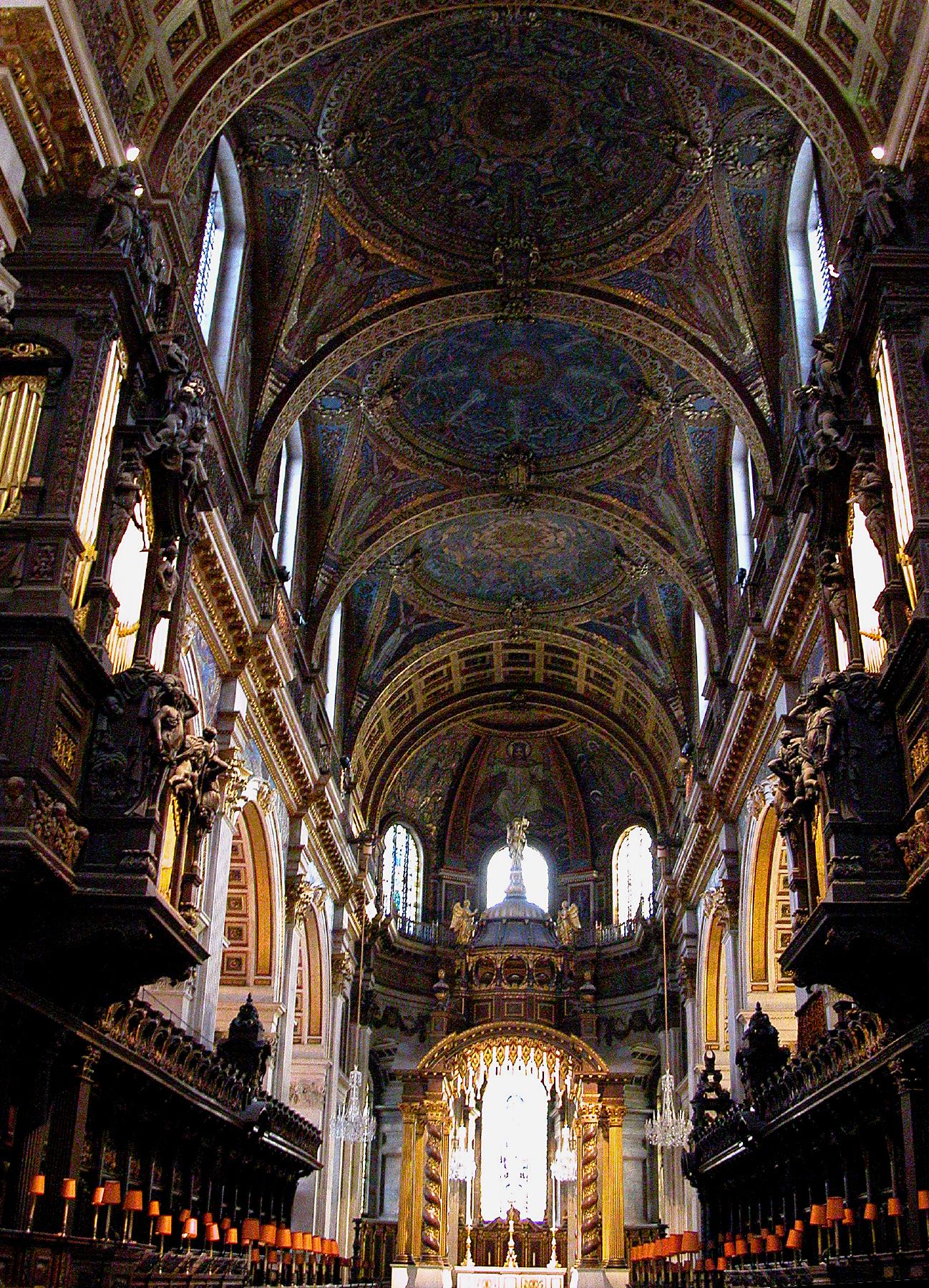My interest in the subject has been turned into curiosity and hence the following image does justice to my work.
This second image is a snapshot of something I read on Facebook and adds to everything I'm working on.
This second image is a snapshot of something I read on Facebook and adds to everything I'm working on.
Lastly I'd like to sum things up for christmas with a new book I've found that I'll be reading soon.
Mariam Greenspan: Healing through the dark emotions
We are all touched at some point by the dark emotions of grief, fear or despair. In an age of global threat, these emotions have become widespread and overwhelming. While conventional wisdom warns us of the harmful effects of ''negative'' emotions, this revolutionary book offers a more hopeful view: There is a redemptive power in our worst feelings. Seasoned psychotherapist Miriam Greenspan argues that it's the avoidance and denial of the dark emotions that results in the escalating psychological disorders of our time: depression, anxiety, addiction, psychic numbing, and irrational violence. And she shows us how to trust the wisdom of the dark emotions to guide, heal and transform our lives and our world.
Drawing on inspiring stories from her psychotherapy practice and personal life, and including a complete set of emotional exercises, Greenspan teaches the art of emotional alchemy by which grief turns to gratitude, fear opens the door to joy, and despair becomes the ground of a more resilient faith in line.





















.jpg)
,_1998.jpg)





